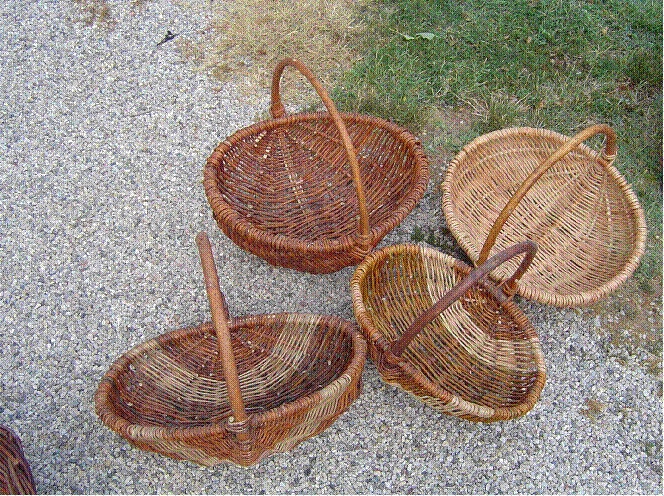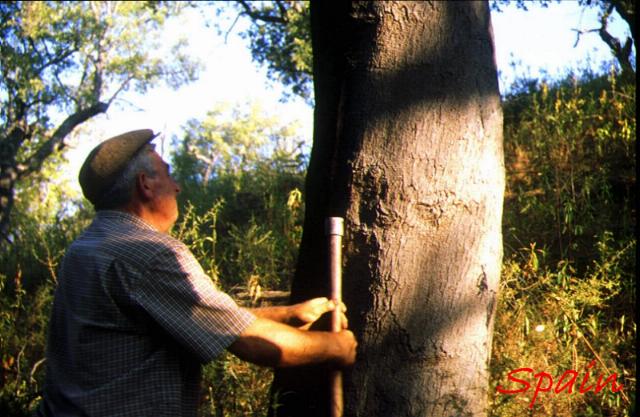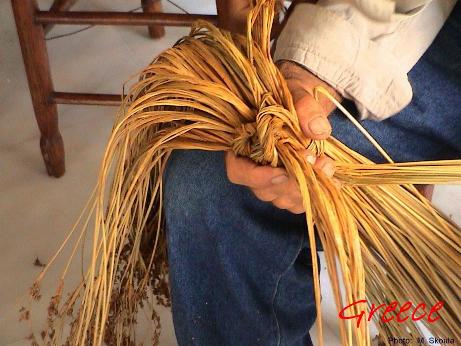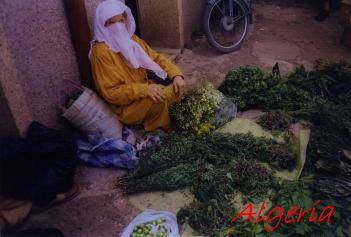| On-site research: Commission research
Maria Elena Giusti
"I'm very enthusiastic about ethnographic research. It involves the application of the full range of methods available to any researcher in a way that is obvious to common sense, is close to the way we all make sense of the world around us in our daily lives, and yet can be scientifically rigorous and systematic at the same time. It cannot but be the best way to learn about phenomena ranging from what older people end up homeless. However, ethnography is difficult to define because it is used in different ways in different disciplines with different traditions."1
A recent assay on ethnographic research began with these words and I believe that they really do express the initial spirit with which all of the partners involved in the RUBIA project have participated in the on-site work hypothesis.
Work that, in the general introductions discussed during the initial meetings, has taken into consideration the differences between classical ethnography (long-term permanence in direct contact with the topics studied, participation observation, intensive investigations, systematic collection of data, textual return of experience) and contemporary ethnography, starting with the objectives themselves related to research and representation of objects, in particular in terms of the question of subjectivity/objectivity.
Discussions have been carried out around the heart of the cognitive methods to be understood not only as pure representation of data (without leaving them aside), but as construction activities providing the phenomenon with a meaning; on the choice of the dialogue methods, representation of the specific aspects of the subjects studied. The similarity with different disciplinary areas has requested greater mediation around the quantity dimensions of research and therefore the collection and elaboration of data, resolved with the agreement that they are not only useful but sometimes vital for understanding, a moment that precedes the construction of meanings and the return of sense. Extreme attention to the dimensions of an object or the amount of an ingredient in a traditional recipe are notions that can always “reveal” something that is not immediately explicit and, at the same time, can provide indications in order to ask much more precise and specific questions. An added value to the quality of research that should possibly have direct information and a complementary period, definitely not a replacement or an alternative to representation and subjective narration. This objective should be achieved through a suitable number of interviews (to individuals classified according to their age groups, social extraction, level of education, sex) partially guided (without the use of specific questionnaires) and mainly free, including life histories aimed at reconstructing the fabric of memories (individual and collective). The use of photography and video cameras, inserted into all phases of the ethnographic process, has been added: in on-site experience, in the construction of descriptions and in the “writing” of text. The images and sounds represent a cognitive means that freely moves within a field open to further logics of meaning.
The project began with very clear intentions: it should have been inter and trans disciplinary, therefore combining the collaboration of scholars related to different disciplinary areas whose methods of study and research should have intersected into one dialogue. We planned to use the equipment of each discipline: problems, approaches, models and methods, within others, but at the same time we were offered thought on the instruments of each disciplinary field, in light of the contribution provided by the various fields, in order to assess the relationship that could have been created between them. Research therefore aimed at discovering the systematic property identified within a single disciplinary context and how it could have some kind of meaning in others . 2
We have been guided by an ideal spur and cultural and scientific interest whose first element of attention was related to the fact that the various disciplines have developed different contents and languages and also a different weight (importance) with regards to the nature of the problems faced and the results achieved. In our case we intended to pursue a theoretical movement of the methodological axis starting with the “problems” that are open, in order to reach the “instruments” represented as “models within a context”. This would have been reflected on the method of scientific production within the formulation of new problems.
Starting with the arguments of this initial discussion we have tried to concentrate on the topics of research performed for clients and with a limited focus. The first topic was plants: wild, semi-wild and neglected species, used by human groups used for human and animal nourishment, in processes to cure humans and animals, in rituals and in ceremonies, in the production of objects of common use and/or ceremonial use, with special attention to the objects made using the weaving technique. Clients had specifically asked for a picture of the current situation, limited to the amount of time for the research itself, save incursions into the past with the precise limit being “the memory of man”3 . Contemporaneousness between identification of the data and its effective permanence.
The objective of putting plants in first position was to satisfy two demands: first of all they represented the common denominator of research, the basic element to be outlined within the various uses; secondly because, as the presence of experts in the field of ethno-botany and ethno-science is large, we believe that this will make the initial approach much easier.
The opportunity of using predefined questionnaires has been very much discussed during the preliminary phases, but they often turned out to be excessively binding, not allowing for the chance to define communications contemplating thought and self-thought between the interviewer and the interviewee: for this reason the choice of a minimum draft was made to include all research topics, created so as to act as a base for the construction of a final data base to extract comparable data and that ended up by becoming a guide for interviews.
• the plant’s real name,
• the local dialect term,
• period when plants are picked,
• who picks the plants (male/female; older/younger generations)
• methods used to process plants,
frequency of use: past and present,
If the plant is used to make objects
• national name of the object
• local name of the object
• where the object is made,
• any other material the object is made of,
• a description of how it is made (techniques used),
• its size,
• its use (domestic, in agriculture, in rituals etc),
• its users (male/female; older/younger generations),
• a section on musical instruments made with plants should be included whenever possible (plants are usually weaved together). Please include the above information,
• any possible information on who made the object: name and surname, date of birth, occupation.
(This information should be accompanied by written consent of the person who providing information and/or making the object
at least two photocopies)
• the name of researcher and date/period of study 4.
A base of just 15 indications/questions, four of which refer specifically to the name of plants and/or objects that act as input for subsequent expansion (the relative questions asked) aimed at identifying the lexical data related to individual operations carried out on plants and objects (picking, storage, processing, portions of objects, action, production). Attention to language has been contemplated because, as we know, it is the main instrument of social interaction in the exchange process among the individuals of a society, as well as a norm and organisational criteria of thought5 . Even though the project is not specifically aimed at an ethno-linguistic kind of survey but it aims to take into consideration some cultural aspects of the language, the undertaking of topics related to categories of knowledge from the world of biology, presided by principles of classification and name, would have been unthinkable without considering the relative cultural procedures, unless filtered through the linguistic means, due to the importance to be attributed to coding of the ethno-biological knowledge of a community and the popular classification systems (folk taxonomies) 6.
Foucault says that above everyday words, there is a second level language in which the exact names of things reign, names that are characterised by the way in which they delimit representation 7; a statement used with regards to the world of nature and equipped with specific reference to Linneo “The method, the soul of science, immediately designs any body of nature and does it in such a way that the body pronounces its name and the name recalls all of the knowledge acquired throughout the years by the body: so much so that the supreme order of nature is discovered in this extreme confusion” 8
The first object identifying research, plants, was assisted by the uses and their contexts, well aware of the fact that they represent a whole range of knowledge, skills, techniques and worldly representations that participate together in the definition of the tangible and intangible definition of humanity9.
Having adopted the notion of use as a question and as a privileged point of view intended to be resolved in the construction of integrated knowledge, as the main objective of the project tended to demonstrate the level of inadequacy of the traditional dichotomic vision of scientific and humanistic knowledge. A problematic approach aimed at the awareness of a systemic and circular cultural knowledge that can become a useful instrument for understanding of the current society, more and more fluid 10 and frenetically changing.
From an epistemological point of view, the on-site research that we planned to propose presented the problem of relations between theory and observation within a context of methodological pluralism aimed at scientific rigour.
So what is the point of procedures that still exist but currently implemented by a limited number of members of a community? Knowledge that is theoretically shared by those belonging to differentiated age groups but, in general, the concrete heritage of use among the older age groups. Pure survival destined to disappear once and for all or perhaps the possible re-appropriation with a consequent re-interpretation by the younger members of the various social groups?
This is the aspect that our ethnographic exercise should have concentrated on in order to try to understand if the idea of cultural heritage had become general knowledge to the local communities, a clear idea to researchers, but less to those interviewed with some exceptions especially in the geographical area of belonging and therefore the cultural policies developed on various levels.
Faced with the conclusion of the project that lasted three years, I believe that we can say that RUBIA has succeeded partially in its predefined objectives.
The project predisposed had probably moved the horizon of the results expected by underestimating the risks and critical points. From an operative point of view, the inter-disciplinary nature was solved through the horizontal definition of research: each group, regardless of the disciplinary area of belonging, should have operated in each field (botany, ethno-botany, anthropology); basically, botanists were asked to work on the heritage and anthropologists were asked to deal with botanical knowledge.
This uneven division of duties, suspended between naivety, democratisation, but most importantly a desire to experiment has not turned out to be the most suitable choice except for some specific moments and sectors.
Even though the method of ethnographical research in its foundations (the constant presence of on-site researchers, observation of participants, knowledge of the language of its observers, negotiation of meanings) has been shared on various levels with experts from different disciplines, we cannot easily think of any form of automatism because as O’Really points out: “However, ethnography is difficult to define because it is used in different ways in different disciplines with different traditions.”
A different use in different disciplines can sometimes lead (and in our case it has happened) to an anarchical interpretation of the method itself. I believe that a conception of an ethno-methodological11 , type prevailed among the project participants, rather than ethnographic, considering the ethno-methodology according to a minimum definition as in the case of the methods that people adopt in order to produce recognisable social orders, without considering that it does not actually design a method, such as ethnography, but an attitude that generations of on-site researchers have been inspired by in the various fields of practical knowledge12 .
It is possible, as Garfinkel says 13, that the term on the calque of the linguistic invention of anthropologists that already used ethno-science, ethno-botany and ethno-biology to define native knowledge, ended up by generating some kind of approximation. Each one of the participants, except for the group from the University of Wageningen (NL) that focused part of its work in Albania, has carried out research “at home”, in a land that, compared with classical ethnography, found clearance from linguistic problems of a sense of extraneousness and ended up by pulling out, at least partially, from the challenge of inter-disciplinarity, resolving the initial epistemological knot in the problem of empirical validity of the scientific proposals that await us, to provide us with valid knowledge; substantially, the disciplinary gap related to the principles and methods indicated in the introduction is still to be filled. The answers to problems have been individual and not shared; as far as the Italian group is concerned, for example, initially consisting of anthropologists only, the definition of botanical species has represented a problem that was resolved by requesting the collaboration of the Department of Botany of its university.
The responsibility of this state of things lies in a limited exchange between experts 1 and in resistance opposed by each one in the adoption of impersonal conceptual layouts. The adoption of ethno-graphics as a survey method has involved the various groups in different ways; it has, without a doubt, represented the heart of research for the groups from Wageningen and Granada, partially for the group from Cyprus, but despite this method there are very few traces left in the respective textual returns in which an analysis of quantity prevails over an assessment of quality.
1K. o' Reilly, Ethnographic methods, 2005, London, Routledge, p. 1.
2
L. von Bartalanffy, 1968, General System Theory, Braziller, New York.
3
The RUBIA project is ideally positioned as a follow-up to the EU MEDUSA project.
4Questionnaire prepared by the participants of the RUBIA project.
5.G. R.Cardona, 1976, Introduzione all'etnolinguistica, (An introduction to ethno-linguistics) il Mulino, Bologna.
6B. Berlin, D. E. Breedlove, P. H. Raven, 1974, Principles of Total Plant Classification. An Introduction to the Botanical Ethnography of a Mayan-Speaking People of Highland Chiapas, Academic press, New York.
7M. Foucault, Les mots et les choses, 1966, Gallimard, Paris.
8C. von Linné, 1758, Systema naturae per Regna tria Naturae, secundum Classes, Ordines, Genera, Species cum characteribus differentiis, synonymis, locis, Stockholm, quoted in M. Foucault, Les mots et les choses, p.175.
9The Convention concerning the Protection of world Cultural and Natural Heritage, UNESCO,1972; The Unesco Declaration on cultural diversity, 2001; The Convention for the Safeguarding of the Intangible Cultural Heritage, UNESCO 2003.
10Z. Bauman, 2005, Liquid life, Blackwell publishers London.
11Cfr. A. W. Rawls, 2000, Harold Garfinkel, in G.Ritzer (eds.), Blackwell Companion to Major Social Theorist, Blackwell, London, pp. 545-576.
12M. Lynch, J. Law, 1999, Pictures, Texts and Objects: the Literary Language Game of Bird watching, in M. Biagioli (eds.), Routledge Science Studies Reader, Routledge & Kegan Paul, London, pp-317-341.
13In R.J. Hill, K.S.Crittenden, 1968, Proceedings of the Purdue Symposium on Ethno-methodology, Purdue University Press, Lafayette (IN), pp. 7-8.
14Moments of common research, even though limited, have been registered among groups related to the Universities of Florence, Wageningen and Granada; a rather mutual communication has been established with the Cyprus group.
|

![]()



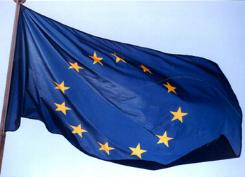

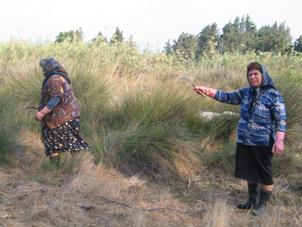
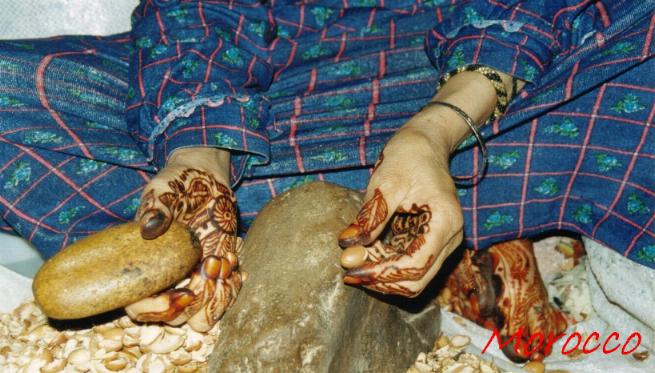
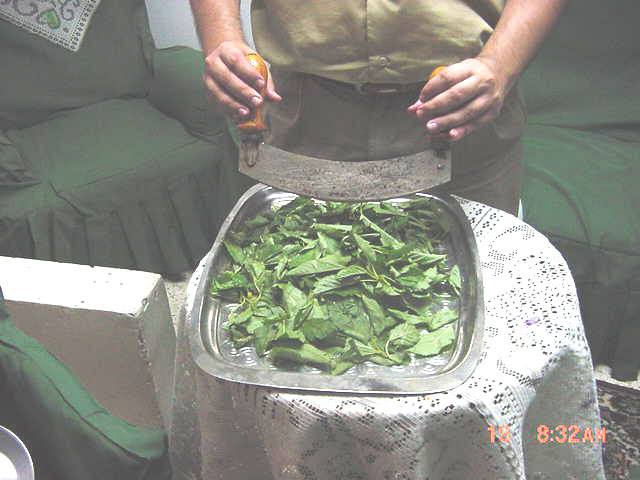
![]()
![]() Website optimized for 1024 x 768 resolution - All rights reserved ©2007
Website optimized for 1024 x 768 resolution - All rights reserved ©2007 ![]()


